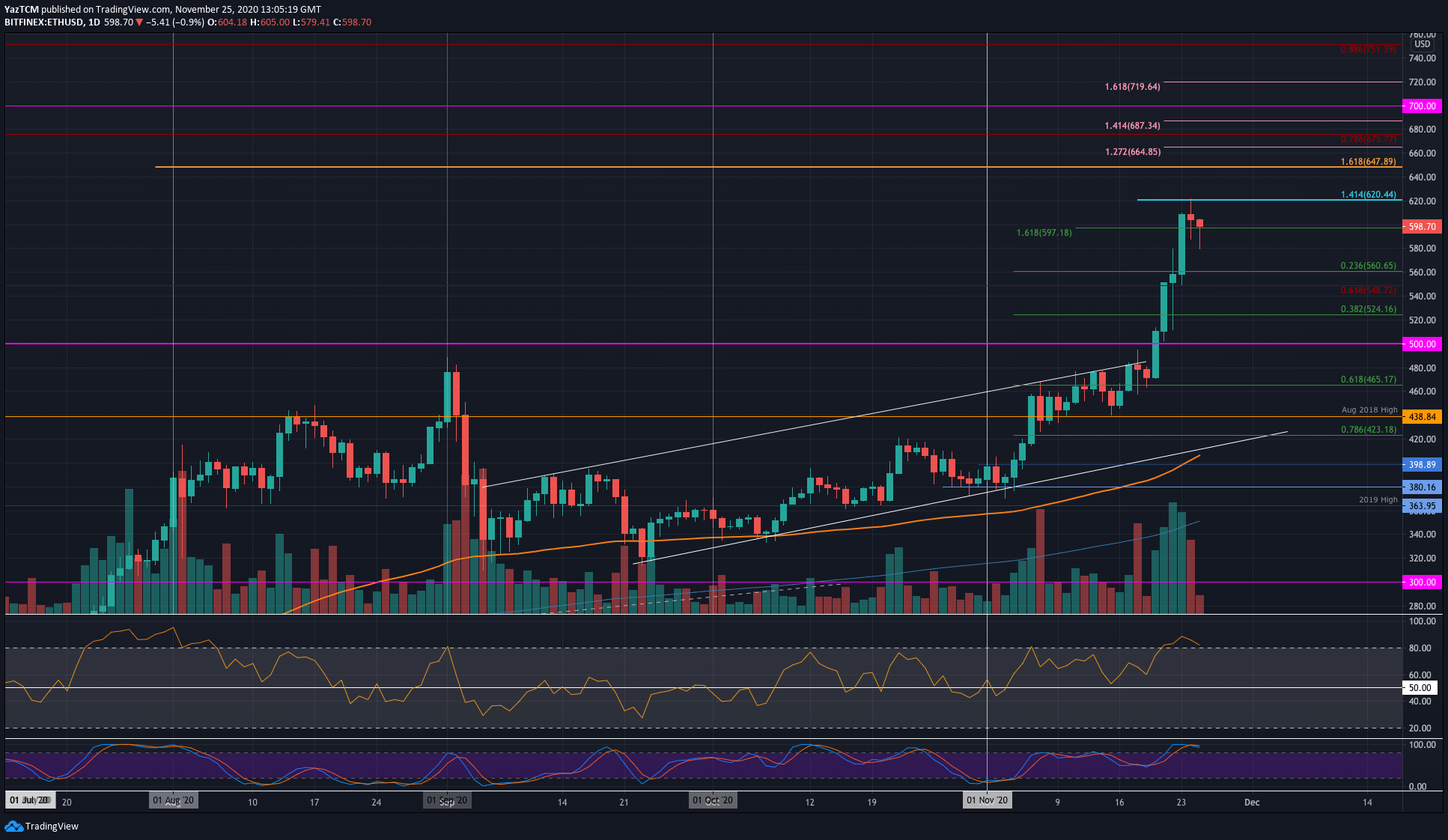Report: The US and China Lag Behind Ukraine and Venezuela in Cryptocurrency Adoption
A report compiled by the blockchain forensics company Chainalysis indicated that cryptocurrency adoption is growing globally. By exploring four key metrics and separating the data country by country, the firm’s Global Crypto Adoption Index 2020 showed that Ukraine, Russia, and Venezuela lead the way.
The metrics take into consideration the purchasing power parity (PPP) per capita. They measure on-chain cryptocurrency value received, on-chain retail value transferred, the number of on-chain cryptocurrency deposits, and the peer-to-peer exchange trade volume, which doesn’t appear on the blockchain.
The final scores range from zero, representing the lowest cryptocurrency-related activity, to one – the highest registered activity per capita.
Chainalysis admitted that due to the decentralized nature of digital assets, it’s “impossible to know the precise amount sent and received on-chain by addresses in a specific country.” However, by measuring the activity on platforms and distributing it by countries based on web traffic, the company produced a “strong estimate.”
Crypto Adoption By Countries: The Top Three

As seen in the above chart, Ukraine leads the way with the highest possible score. The country’s legislative arm, the Verkhovna Rada, reportedly adopted a draft law last year that legalized cryptocurrencies as means of payment and investment within its borders.
Russia takes the second spot, which could be rather surprising. The largest-country by landmass has been somewhat dubious in its cryptocurrency legislation policies. Before passing the On Digital Financial Asset (DFA) bill this summer, previous proposals suggested imprisonment for Bitcoin usage and notably high penalties.
Although those strict measures didn’t go in the final version of the bill, a recent set of amendments proposed introducing a full-scale ban on digital asset usage. However, it seems that Russian citizens are fond of cryptocurrencies, despite the legislative uncertainties.
Venezuela completes the top three. Another report from Chainalysis concluded that the country’s ongoing financial crisis has highlighted some cryptocurrency benefits. Consequently, the interest in digital assets has spiked in the last few years.
China And The US Trail
Chainalysis’s report noted that the two largest countries by nominal GDP, namely the United States and China, occupy the sixth and fourth positions, respectively. Kenya, with high levels of on-chain value transferred and on-chain deposits, separates them and ranks 5th.
Despite being the most populated nation, China’s high spot could also be classified as unexpected because of its controversial approach.
On the one hand, China has repeatedly outlined that digital assets are banned, and it emphasized its “blockchain, not Bitcoin” narrative. On the other, however, a recent report noted that cryptocurrencies are not entirely banned, and China is responsible for the most substantial portion of BTC’s global hash rate.
According to Chainalysis, China’s results display high numbers for on-chain deposits and value received, and retail value received. The country trails only in the peer-to-peer exchange trade volume.
The US shows solid numbers regarding the on-chain deposits and the P2P trading volume. However, the on-chain and retail value received are relatively low per capita.
Globalization For Crypto
In conclusion, the analytics company said that from the 154 analyzed countries, only 12 had “so little cryptocurrency activity that we gave them an index score of zero.”
“That’s a testament both to the excitement around cryptocurrency as an investment and, especially in the developing world, as a means of value storage and medium of exchange.”
The post Report: The US and China Lag Behind Ukraine and Venezuela in Cryptocurrency Adoption appeared first on CryptoPotato.









